Windows 11 introduces Search Highlights, a feature that displays daily content such as holidays, anniversaries, trending searches, and more directly within the search interface. While this can be useful for some, others may find it distracting or unnecessary. It might also impact system performance by making the search function slower. If you prefer a cleaner search experience without these additional suggestions, there are several ways to disable Search Highlights and web content suggestions. This guide outlines different methods to turn off these features, whether for a single user or across all users on your system.
Disable Search Highlights Using Registry Editor (For All Users)
The Registry Editor allows you to enable or disable Search Highlights for all user accounts on your Windows 11 device. This method is particularly useful if you're running Windows 11 Home edition, which doesn't include the Group Policy Editor. Here's how to disable Search Highlights system-wide using the Registry Editor:
Step 1: Press Windows+R to open the Run dialog box. Type regedit and press Enter to launch the Registry Editor. Click 'Yes' if prompted by the User Account Control.
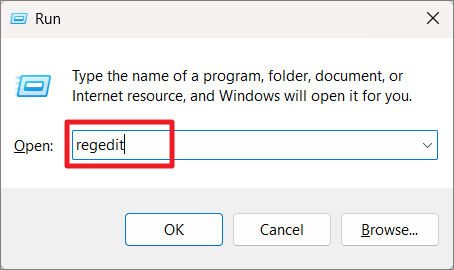
We recommend backing up your registry before making any changes. To do this, click on the 'File' menu in the Registry Editor and select 'Export...'. Choose a location to save the backup file, ensure 'All' is selected under Export range, name the file, and click 'Save'.

Step 2: In the Registry Editor, navigate to the following key:
HKEY_LOCAL_MACHINE\SOFTWARE\Policies\Microsoft\Windows\Windows Search
If the 'Windows Search' key doesn't exist, you'll need to create it. Right-click on the 'Windows' folder, select 'New' > 'Key', and name it 'Windows Search'.
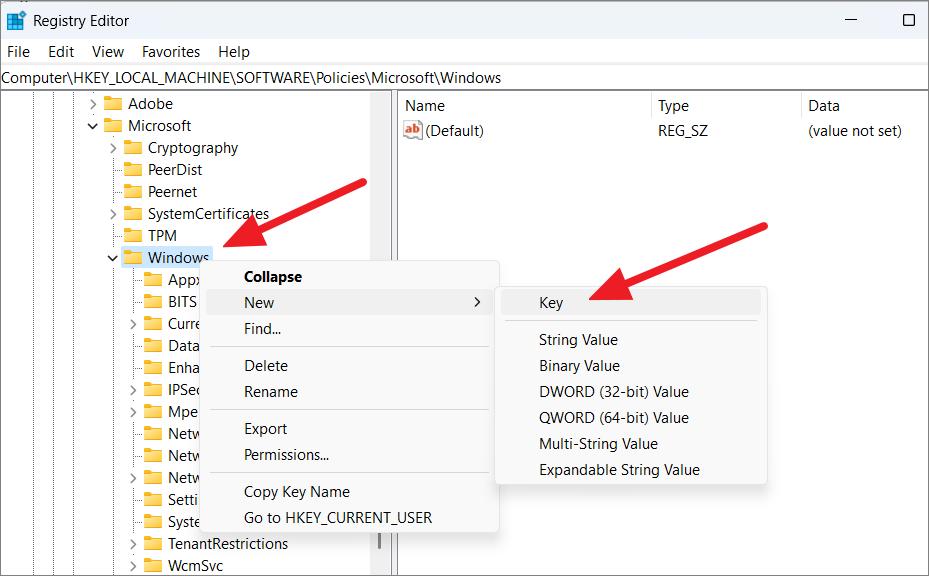
Step 3: With the 'Windows Search' key selected, right-click on the right pane, choose 'New' > 'DWORD (32-bit) Value', and name it EnableDynamicContentInWSB.

Step 4: Double-click on the EnableDynamicContentInWSB value you just created. Set the 'Value data' to 0 and click 'OK' to disable Search Highlights.
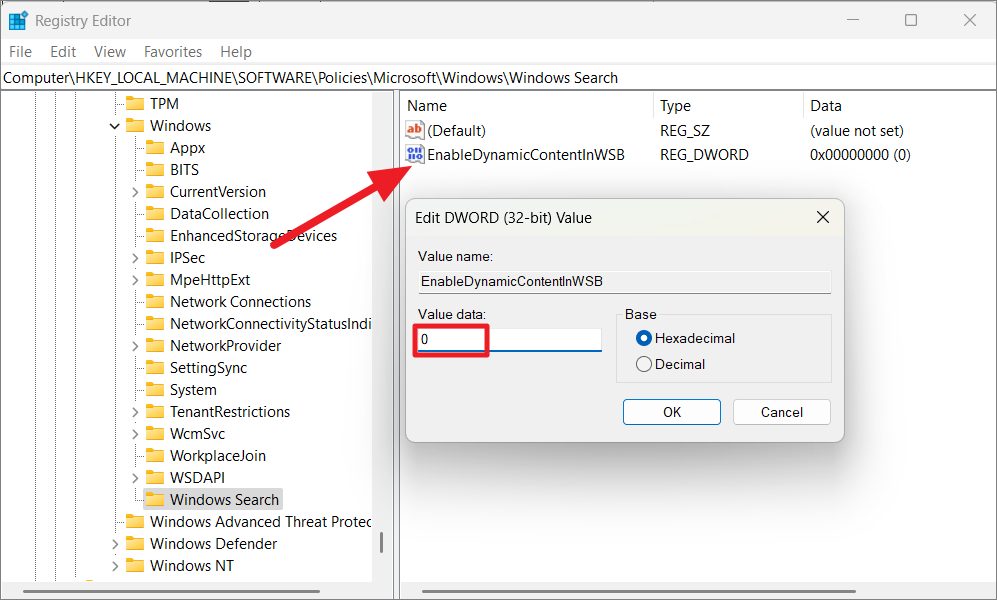
Step 5: Close the Registry Editor and restart your computer to apply the changes. After restarting, the Search Highlights feature should be disabled for all users.
If you wish to re-enable Search Highlights in the future, navigate back to the EnableDynamicContentInWSB value and change the 'Value data' to 1.

Note: When using the Registry Editor to disable Search Highlights, this setting will override any settings in the Windows Settings app.
Disable Search Highlights Using Group Policy Editor (For All Users)
For users with Windows 11 Pro, Enterprise, or Education editions, the Group Policy Editor offers a straightforward way to disable Search Highlights for all users. Here's how to do it:
Step 1: Open the Run dialog by pressing Windows+R. Type gpedit.msc and press Enter to open the Local Group Policy Editor.
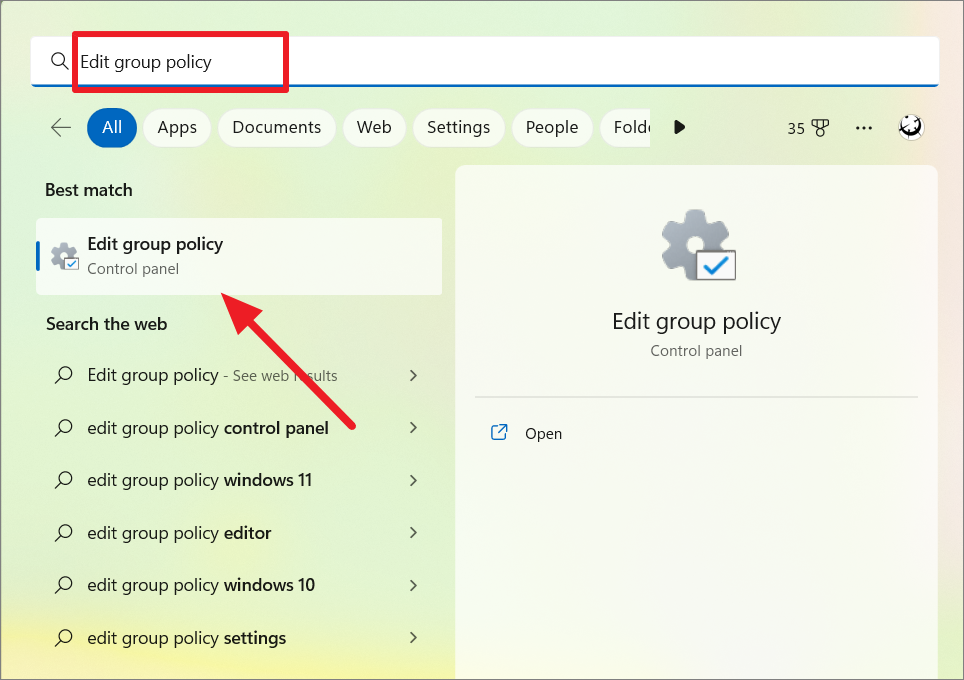
Step 2: In the Group Policy Editor, navigate to:
Computer Configuration > Administrative Templates > Windows Components > Search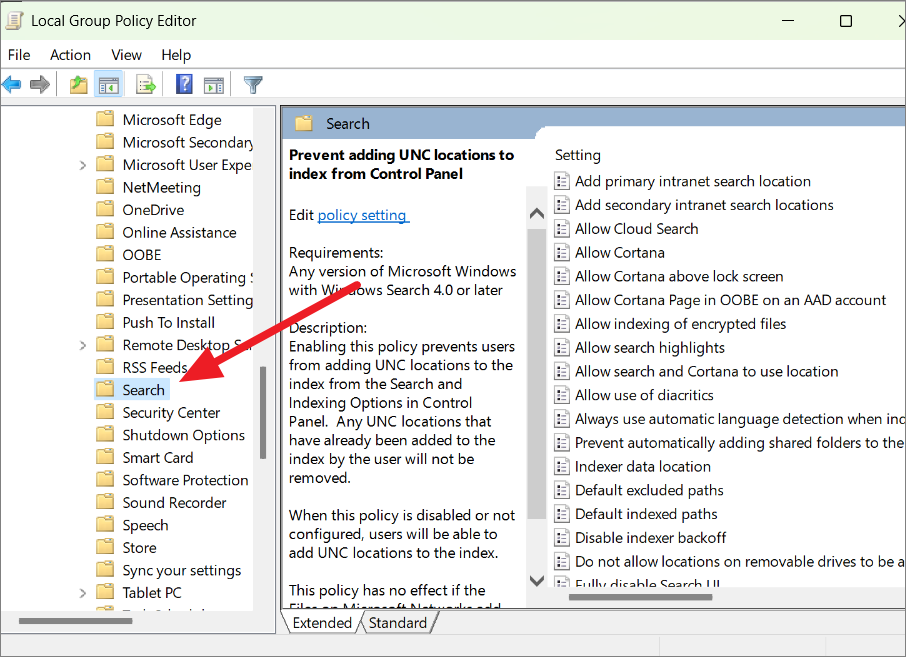
Step 3: In the right pane, find and double-click on 'Allow search highlights'.

Step 4: In the 'Allow search highlights' window, select the 'Disabled' option. Click 'Apply', then 'OK' to save the changes.
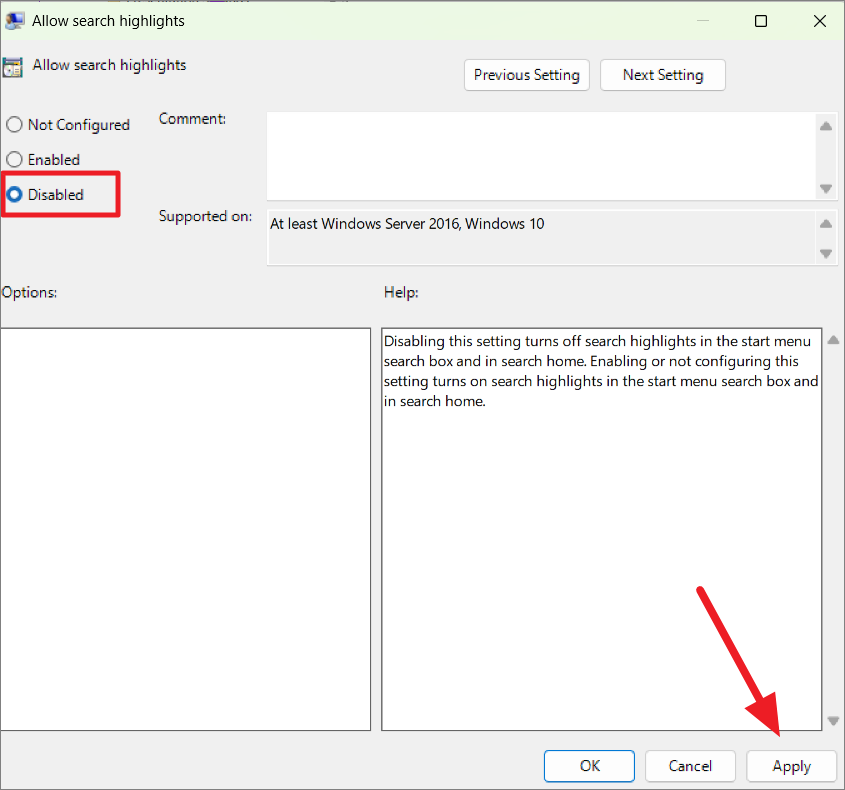
Step 5: Close the Group Policy Editor and restart your computer. Search Highlights should now be disabled for all users on the system.
To re-enable the feature, follow the same steps but select 'Not Configured' or 'Enabled' in the 'Allow search highlights' window.
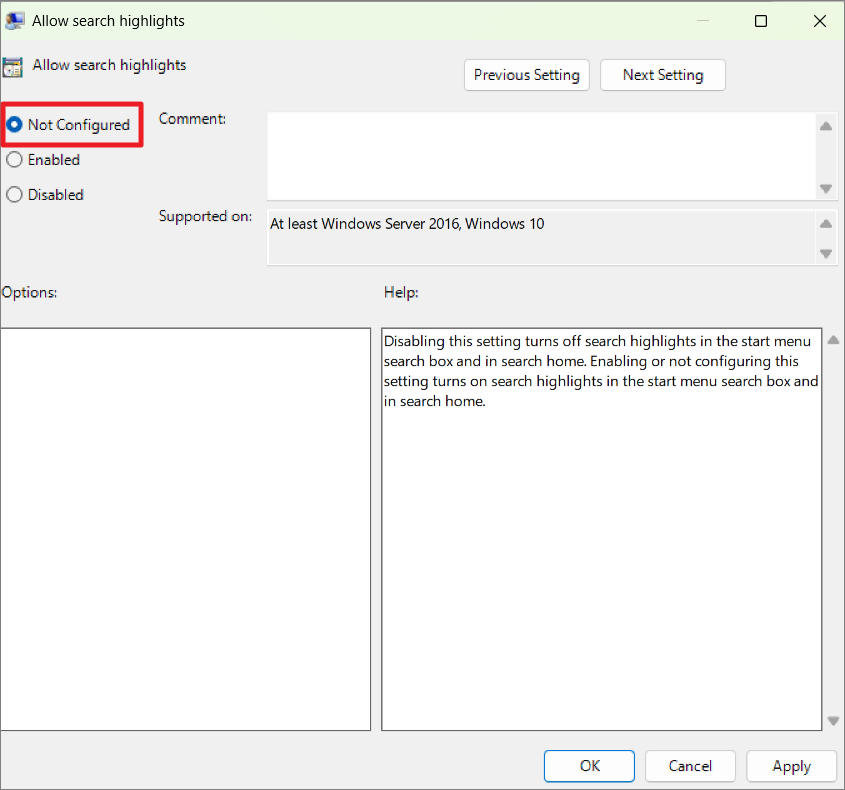
Disable Search Highlights Using Settings (For Current User)
If you wish to disable Search Highlights only for your user account, you can easily do so through the Windows Settings app. Here's how:
Step 1: Open the Settings app by clicking the Start menu and selecting 'Settings', or by pressing Windows+I on your keyboard.
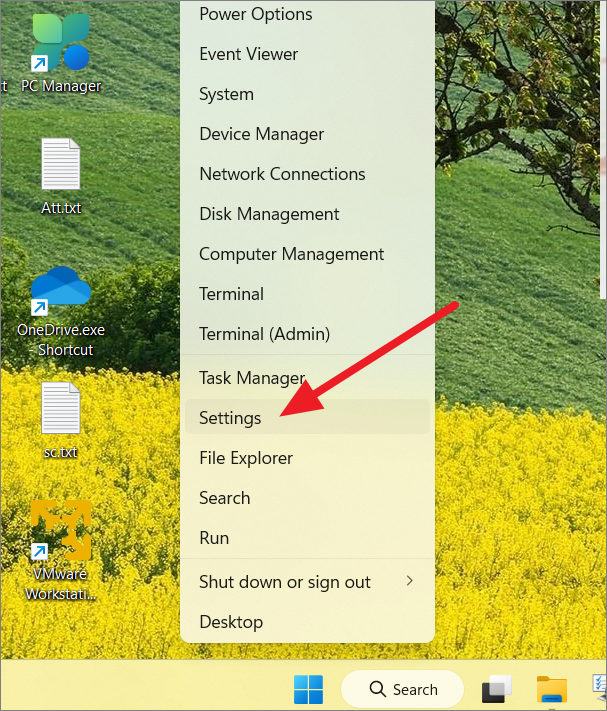
Step 2: In the Settings window, select 'Privacy & security' from the left sidebar. Then, on the right pane, click on 'Search permissions' under the 'Windows permissions' section.
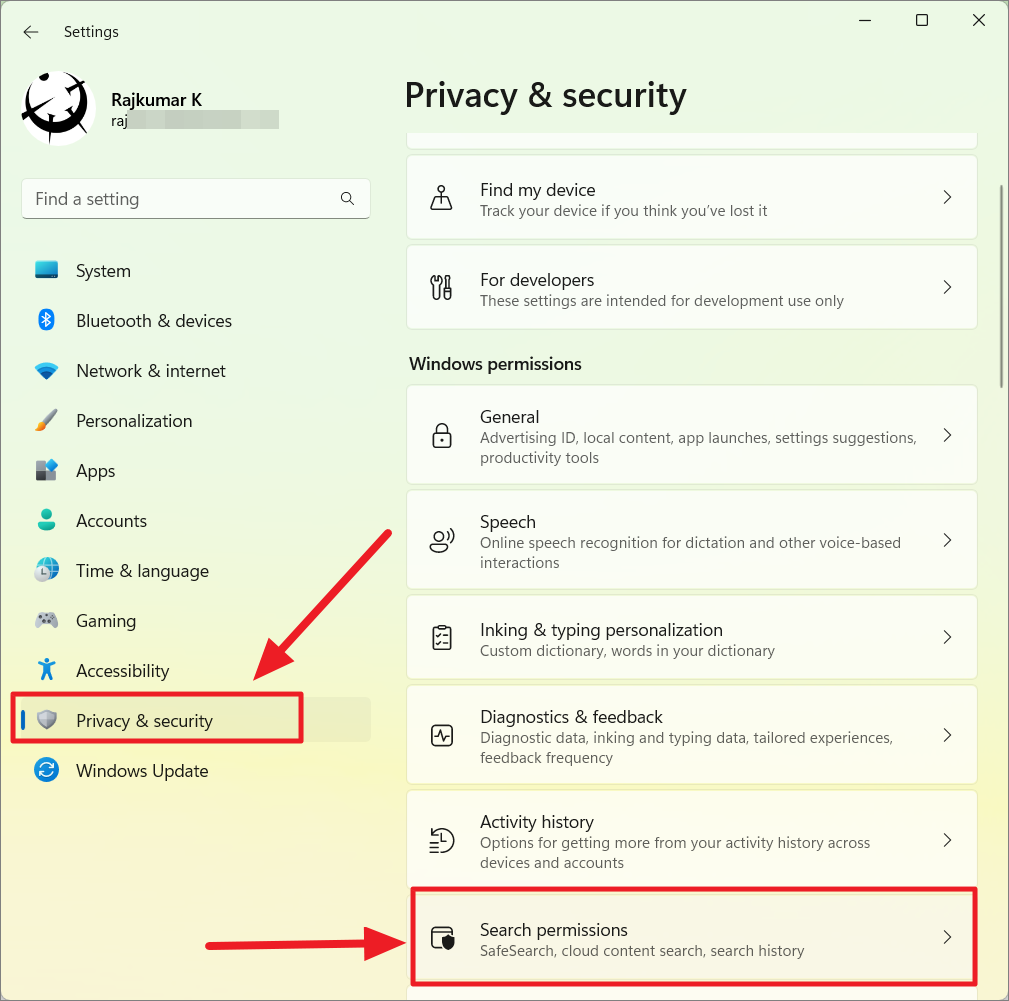
Step 3: Scroll down to the 'More settings' section. You'll find an option labeled 'Show search highlights'. Toggle this switch off to disable Search Highlights.

Step 4: Open the Windows Search by clicking the search icon on the taskbar. You should no longer see Search Highlights or web content suggestions.
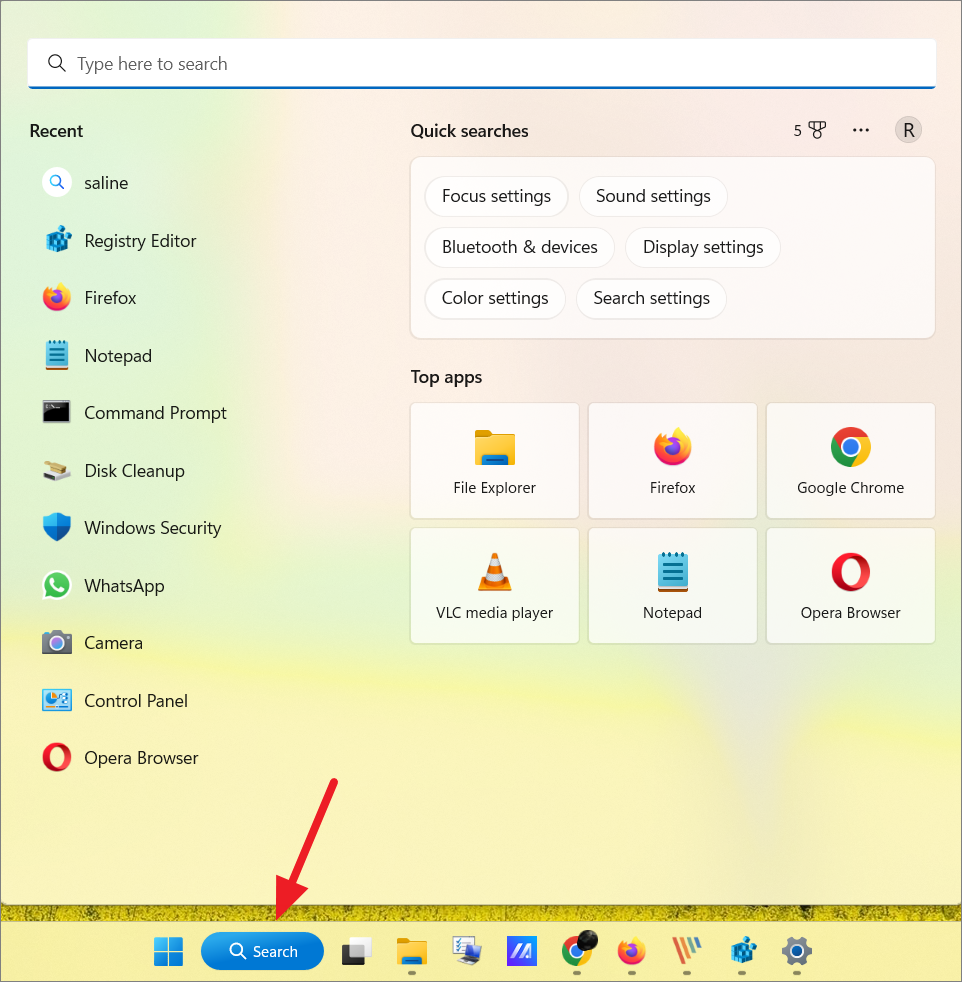
If you decide to enable Search Highlights again, simply return to the 'Show search highlights' option and toggle it back on.
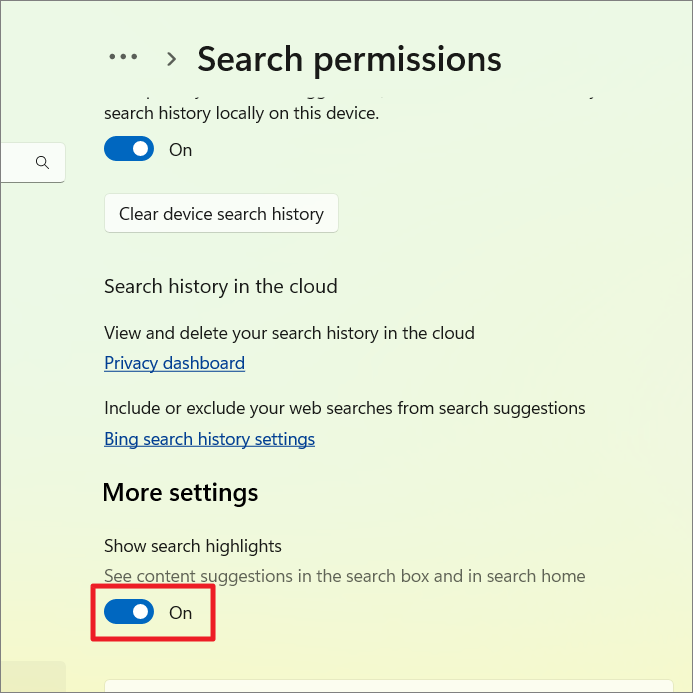
Disable Web Results in Windows Search on Windows 11
Even after disabling Search Highlights, Windows Search may still display web results from Bing when you search for something. If you prefer to see only local results from your files, apps, and settings, you can disable web results entirely. Here's how to do it:
Disable Web Results Using Registry Editor on Windows 11
This method works on all editions of Windows 11, including the Home edition.
Step 1: Open the Registry Editor by pressing Windows+R, typing regedit, and pressing Enter.
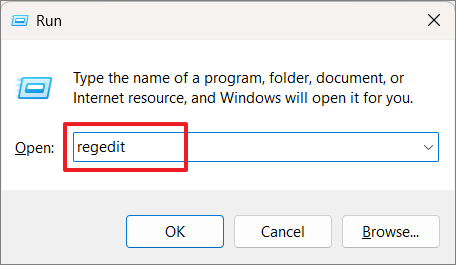
Step 2: Navigate to the following key:
HKEY_CURRENT_USER\SOFTWARE\Policies\Microsoft\Windows
Step 3: Look for a key named 'Explorer' under the 'Windows' folder. If it doesn't exist, right-click on 'Windows', select 'New' > 'Key', and name it 'Explorer'.

Step 4: With the 'Explorer' key selected, right-click on the right pane, choose 'New' > 'DWORD (32-bit) Value', and name it DisableSearchBoxSuggestions.
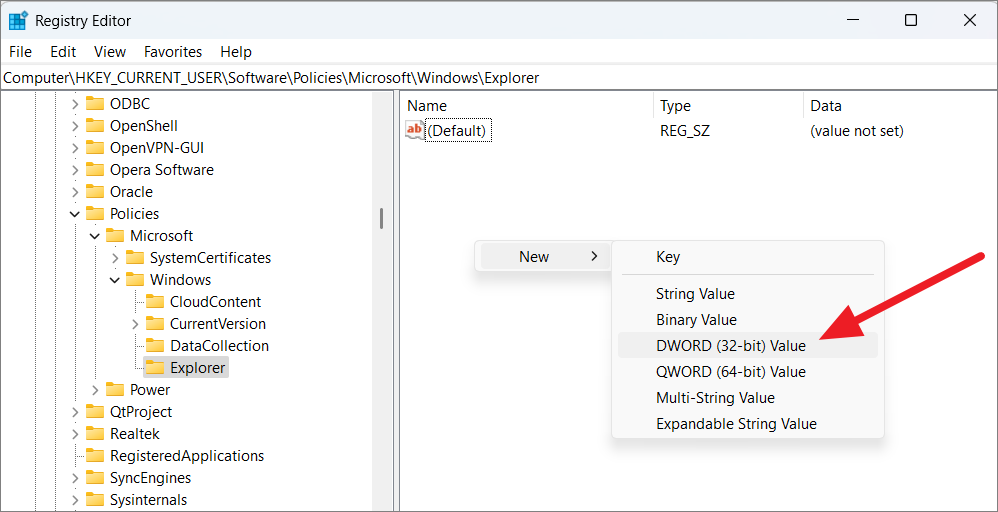
Step 5: Double-click the DisableSearchBoxSuggestions value, set 'Value data' to 1, and click 'OK'.
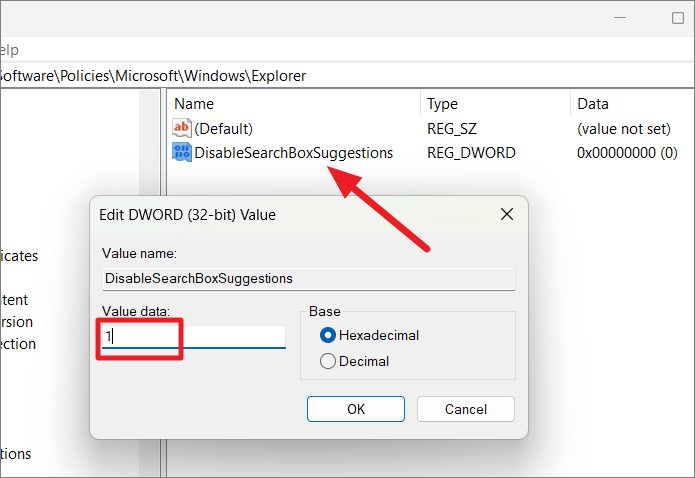
Step 6: Close the Registry Editor and restart your computer. Web results in Windows Search should now be disabled.
Disable Web Results Using Group Policy Editor on Windows 11
If you're using Windows 11 Pro, Enterprise, or Education editions, you can disable web results through the Group Policy Editor:
Step 1: Open the Group Policy Editor by pressing Windows+R, typing gpedit.msc, and pressing Enter.
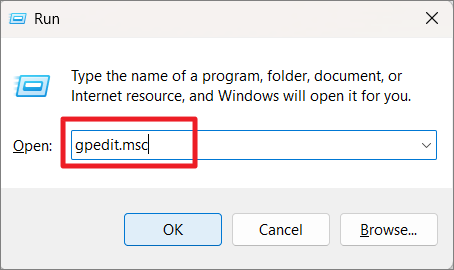
Step 2: Navigate to:
User Configuration > Administrative Templates > Windows Components > File Explorer
Step 3: In the right pane, find and double-click on 'Turn off display of recent search entries in the File Explorer search box'.

Step 4: Select 'Enabled', then click 'Apply' and 'OK'.
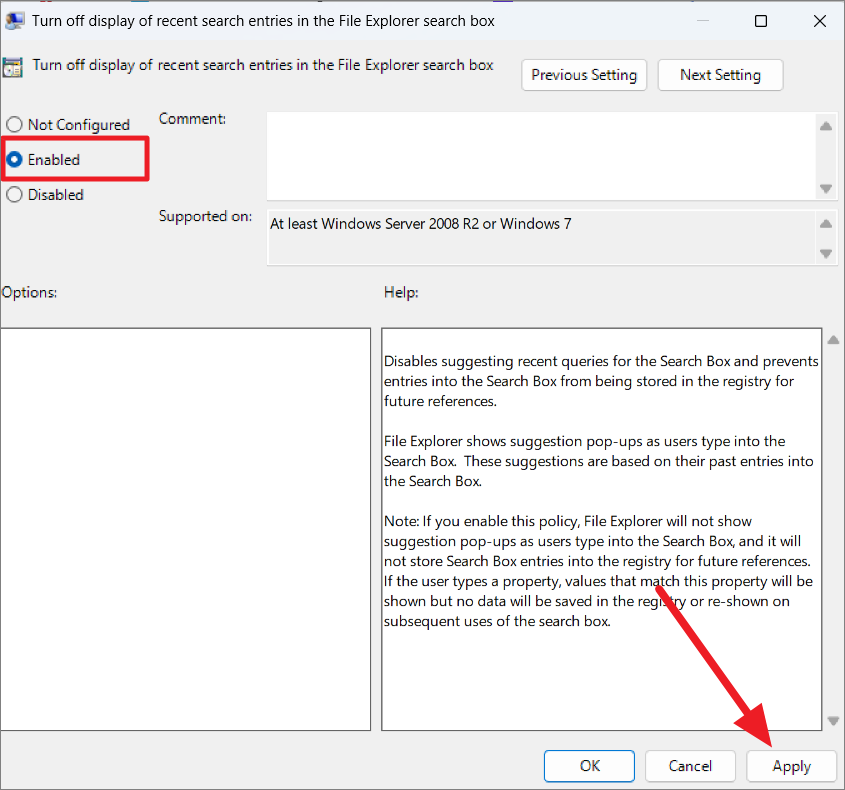
Step 5: Restart your computer to apply the changes. Web results should now be disabled in Windows Search.
By following these methods, you can disable Search Highlights and web content suggestions in Windows 11, providing a cleaner and more efficient search experience.


